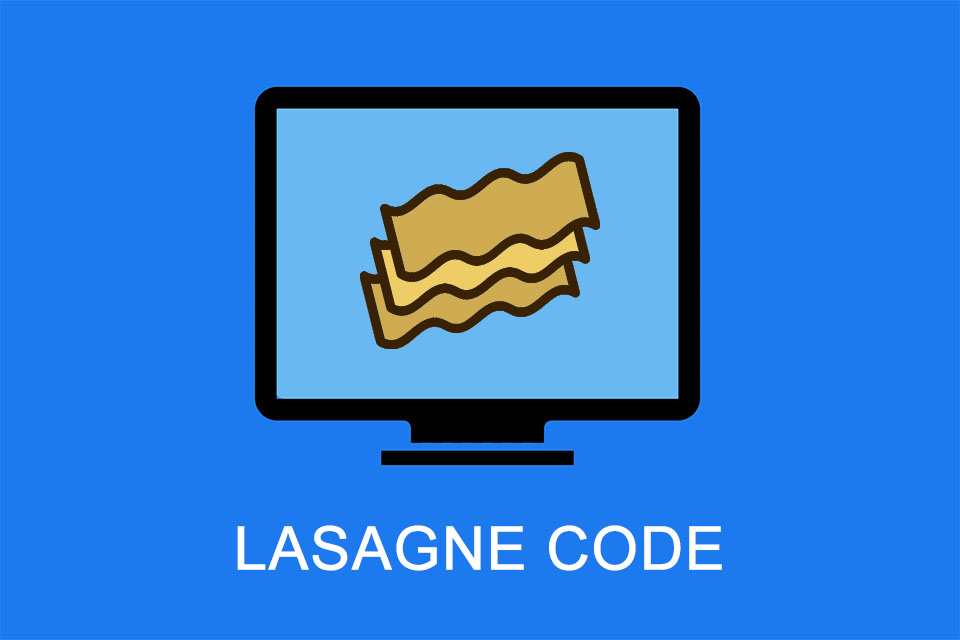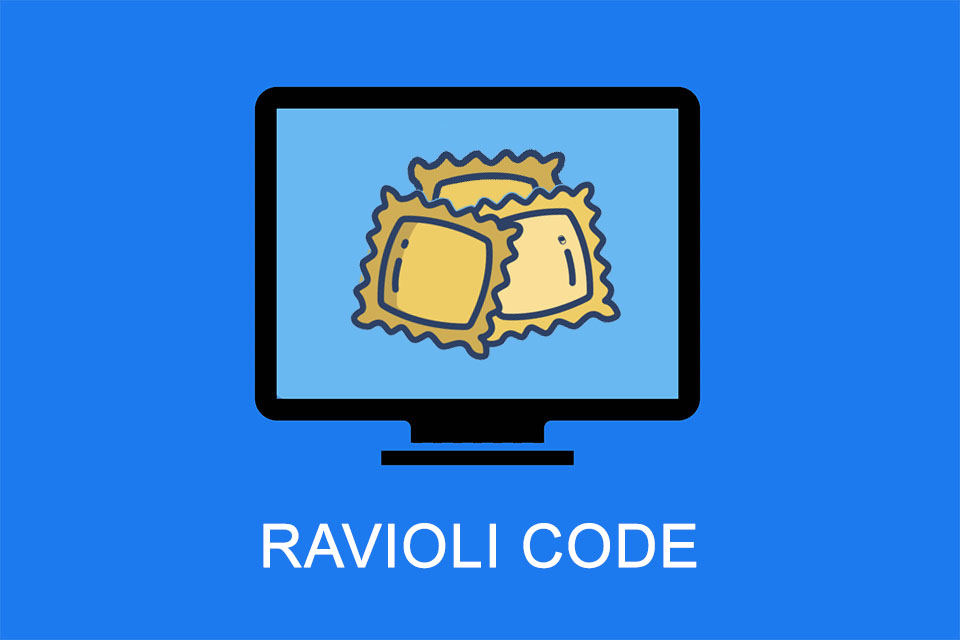What is Lasagne Code?
Smartpedia: Lasagne code describes deeply nested code in a complex layered architecture that is difficult to understand and therefore difficult to maintain.
Lasagne code – when too many layers make the code confusing
In software development, a project often begins with a simple, well-structured architecture. However, the application grows steadily over the years. New functions have to be implemented quickly, there are constantly new requirements, and solutions are often added at short notice under time pressure. Instead of reworking the architecture properly, the existing system is simply ‘put on top’. This results in an ever deeper layered architecture in which new functionalities are added without scrutinising the original structure.
What was initially clear and logical becomes increasingly complex over time. Each new layer brings with it additional dependencies, and the original architecture can no longer properly support the new requirements. Lasagne code is created when these layers become increasingly intertwined and the code becomes more and more complex in many small steps.
The code becomes more difficult to penetrate because the new layers are often closely linked to the existing layers. This close coupling means that every change or extension ‘penetrates’ deep into the code and can unintentionally influence other areas. As a result, developers have to spend more and more time understanding the effects of changes. As a result, the complexity gradually increases and the system becomes difficult to understand, difficult to maintain and almost impossible to extend – a typical case of lasagne code.
Disadvantages and approaches to avoid lasagne code
Lasagne code has a number of significant disadvantages that make both the development and maintenance of software more difficult. One of the most obvious disadvantages is that the code is difficult to understand. Due to the many nested layers, developers have to dive deep into the code to find out how certain functions interact with each other. The overview of the programme flow is lost and understanding the overall concept becomes increasingly difficult. This not only leads to more time being spent on familiarisation, but also to a greater susceptibility to errors, as the effects of changes are often difficult to predict.
The maintainability of the code also suffers greatly from the deep layer architecture. Every change in one layer often has an impact on others because the layers are heavily interdependent. This makes it almost impossible to make local adjustments without affecting other areas of the code. Thus, every small change leads to a domino effect that can trigger unexpected problems in other parts of the system. The result is longer debugging phases and a higher risk of new errors, which significantly increases maintenance costs.
Another problem with lasagne code is the difficulty of extending the software. When new features need to be added, developers often come up against a network of layers that are so closely intertwined that new functionalities can only be integrated with great effort. The close coupling between the layers makes it difficult to isolate individual areas and expand them in a targeted manner. This slows down the development process and can hinder the project’s ability to innovate.
To avoid lasagne code, it is important to ensure clear separations in the software architecture. Each layer should take on a clearly defined task so that responsibilities are unambiguous and there is not too much overlap between the layers. In addition, dependencies between the layers should be minimised in order to reduce coupling and increase flexibility. A clean separation ensures that adjustments to one layer have as little impact as possible on others. Regular refactoring of the code helps to eliminate unnecessary layers and keep the structure clear. Developers should always ensure that the code remains simple and understandable without breaking down into too many layers. A flatter layered architecture not only makes maintenance easier, but also ensures that the software remains more extensible.
Impulse to discuss
How can the gradual expansion of a system be prevented from leading to a confusing layered architecture?
Notes:
Similar to the term ravioli code, the term lasagne code is also viewed critically in the developer community. Many developers find it very negative, because the real problem is not so much the existence of layers, but rather poor implementation and too tight coupling between them. If dependencies are managed well, a layered architecture can form a strong foundation for scalable and maintainable software. The term lasagne code therefore only applies when the balance between structure and flexibility is lost, but this should not lead to the layered architecture itself being seen as negative.
Have you heard of the Pasta Theory of Programming? It’s an analogy that dubs different forms of software development as types of pasta. For example, a system that consists of a mixture of different programming languages or technologies is referred to as macaroni code, while a flat, layerless system in which the logic is structured without clear boundaries is known as pizza code.
If you like the article or would like to discuss it, please feel free to share it in your network. And if you have any comments, please do not hesitate to send us a message.
Here you can find additional information from our Smartpedia section:



